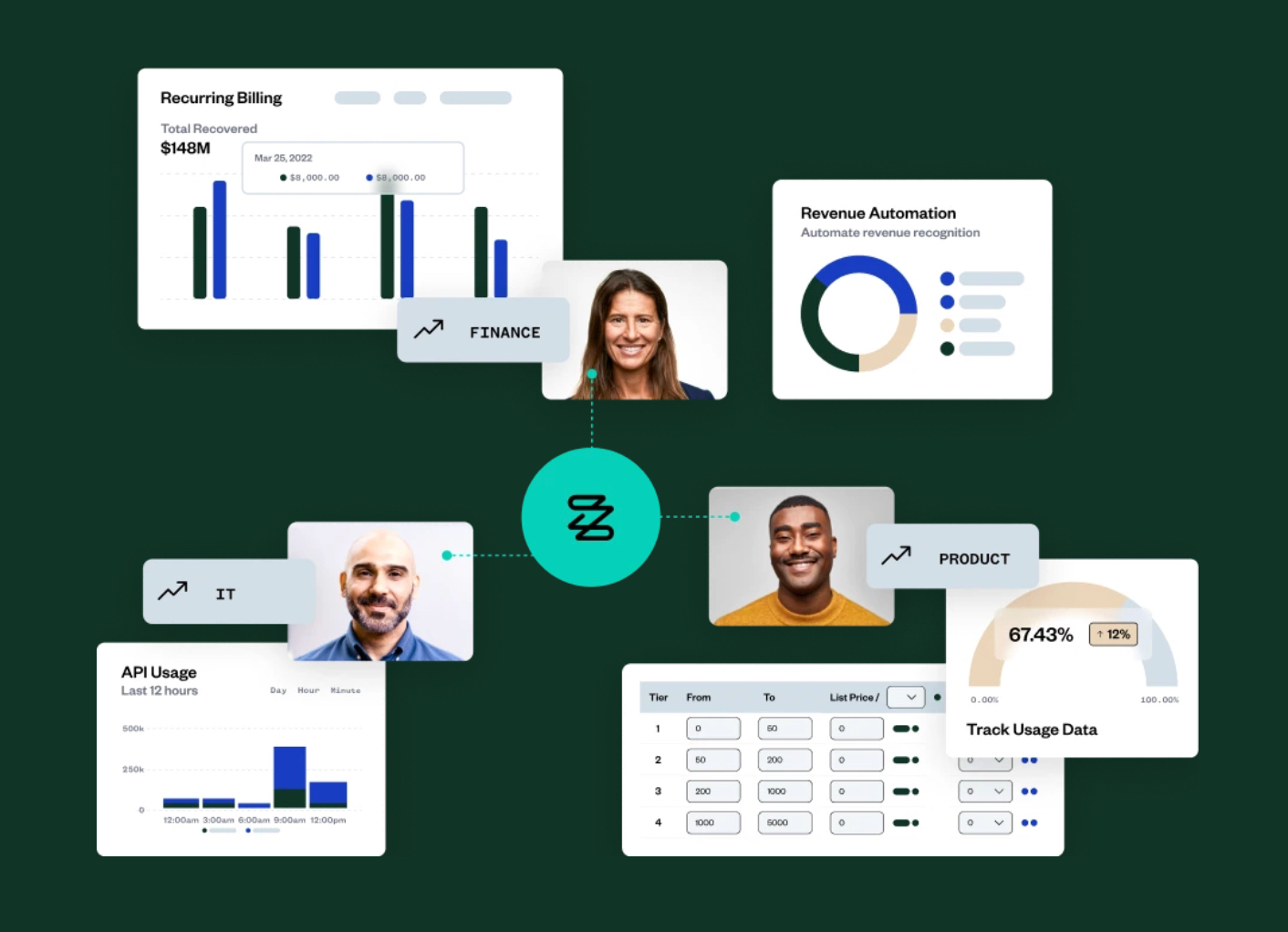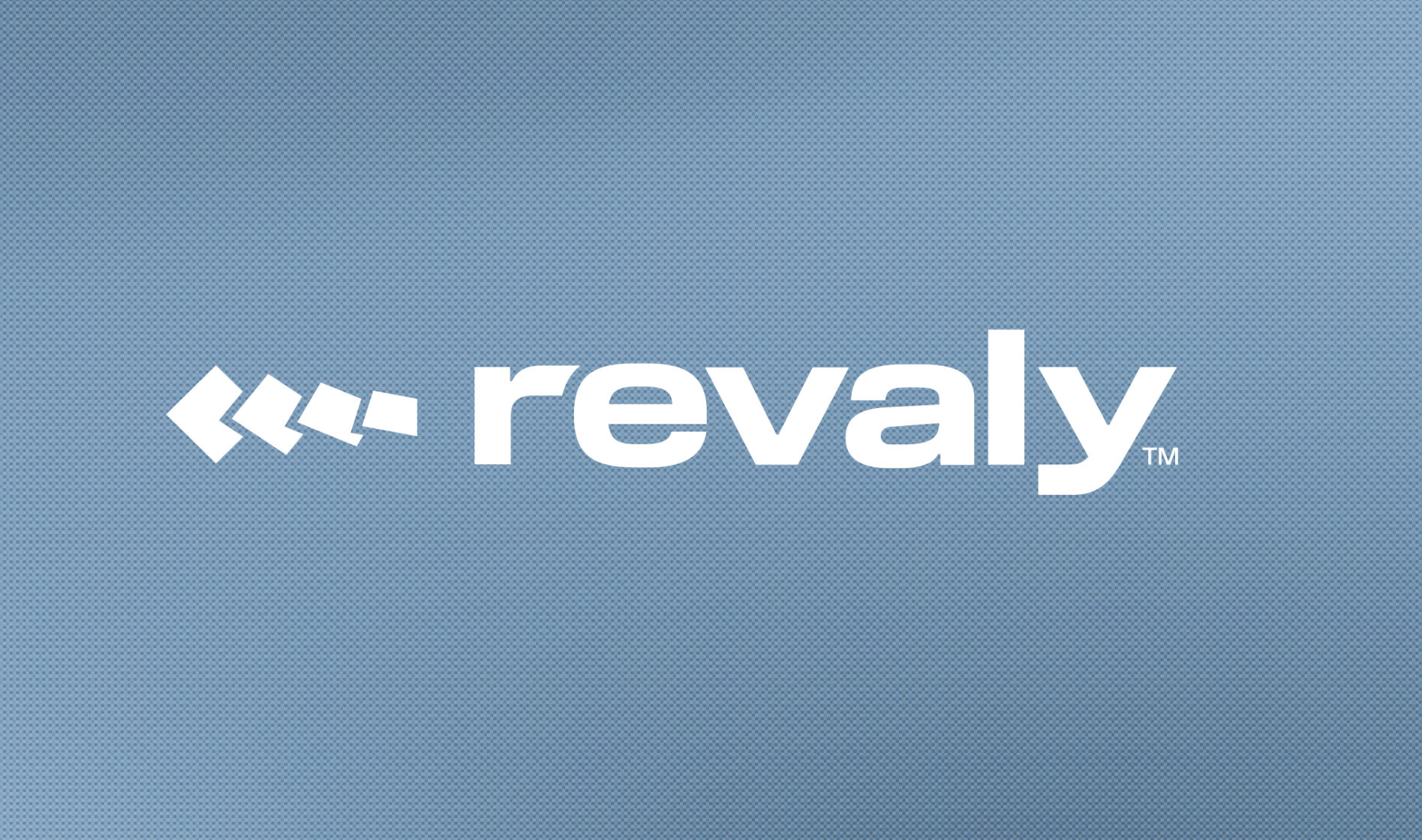
15 Rules for Finding the Ideal Vendor For Your Subscription Business, Part 1
Selecting the perfect technology vendor for your business can be daunting, but the process is infinitely easier with these 15 rules learned from years of experience.
HELLO!
This premium article is exclusively reserved for Subscription Insider PRO members.
Want access to premium member-only content like this article? Plus, conference discounts and other benefits? We deliver the information you need, for improved decision-making, skills, and subscription business profitability. Check out these membership options!
Learn more about Subscription Insider PRO memberships!
Already a Subscription Insider PRO Member?
Please Log-In Here!
- Filed in Product Development, Start Here, Subscriber Only, Technology

Kathleen Greenler Sexton
Kathy Greenler Sexton is a recognized authority on digital subscription business models, market strategy, and operational excellence. As CEO & Publisher of Subscription Insider, Kathy leads the charge in delivering actionable insights that empower businesses to thrive in the subscription economy.
With a proven track record of driving growth and successful exits at companies like Individual.com and HighBeam Research, Kathy has also played key roles in launching and scaling prominent digital brands, including AltaVista. Previously, she led the SIIA Content Division as VP & General Manager, where she expanded membership, revenue, and influence while helping businesses adapt to transformative shifts in technology and content.
A frequent speaker at industry conferences, Kathy brings invaluable expertise and a forward-thinking perspective to the evolving world of subscriptions. She resides in Greater Boston with her family and is an avid skier and devoted Boston sports fan.
More Articles By Kathleen Greenler Sexton








